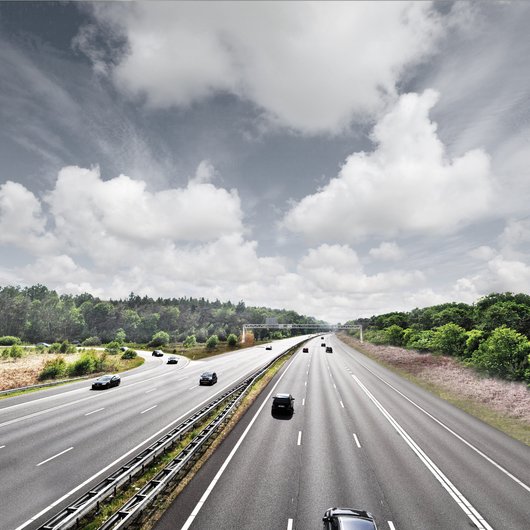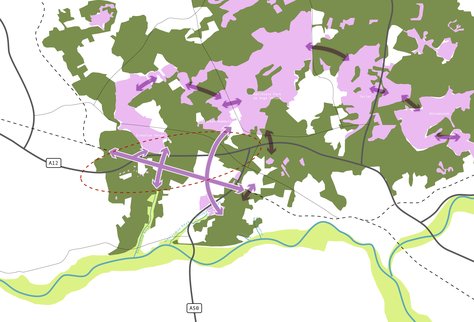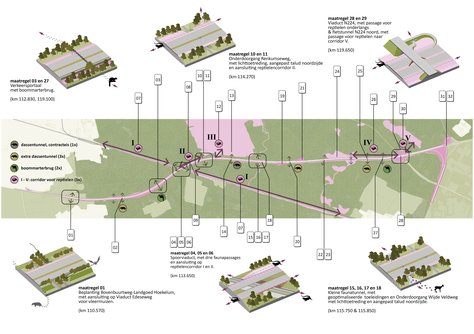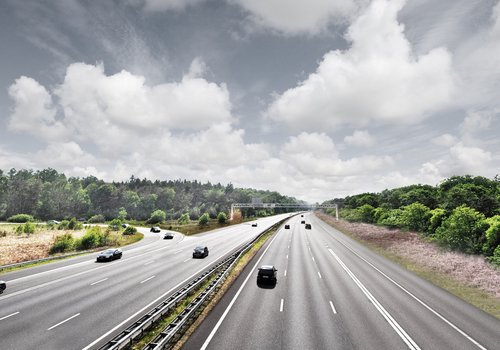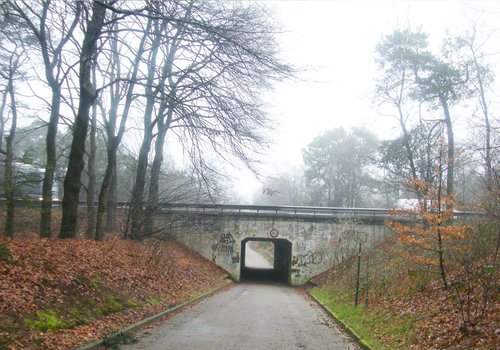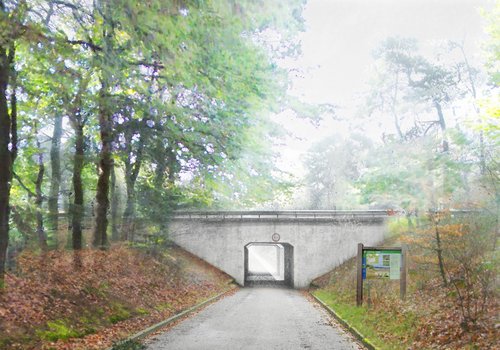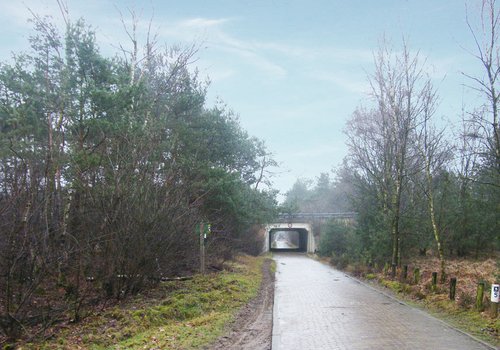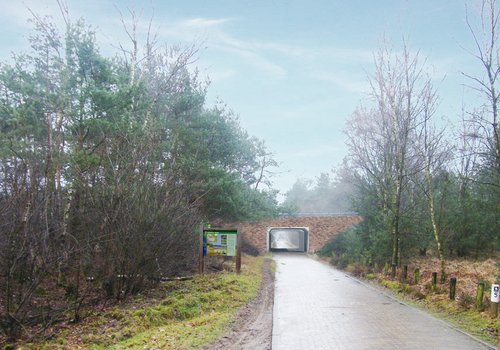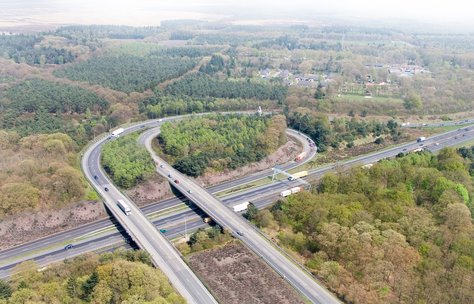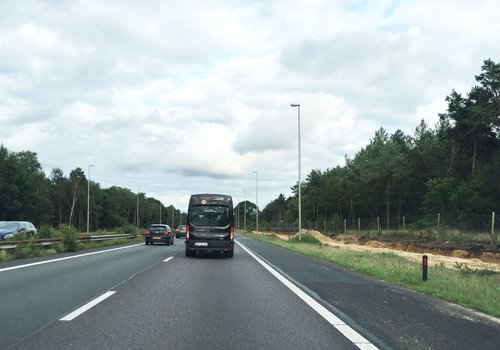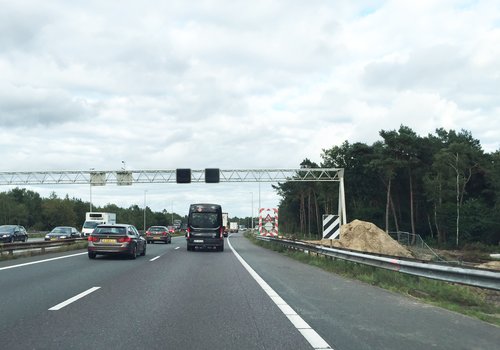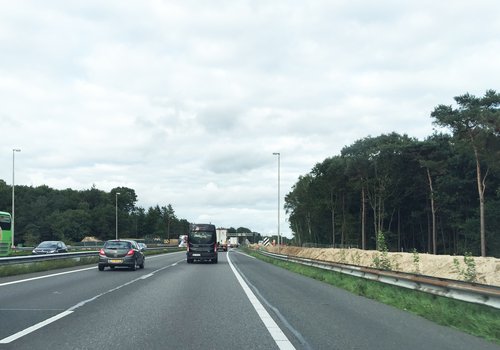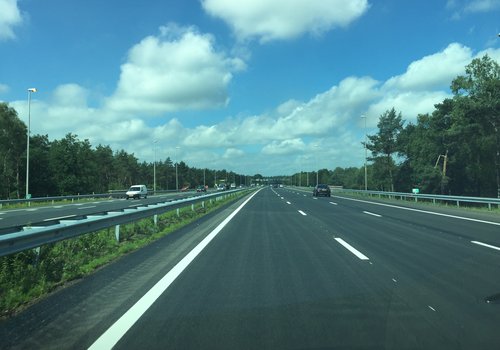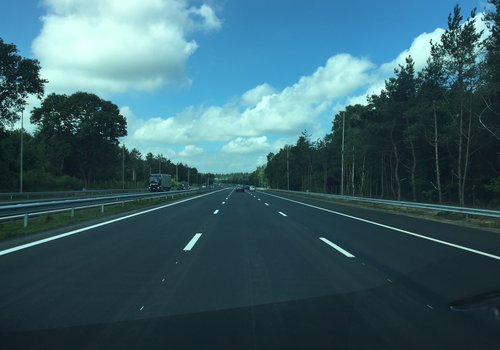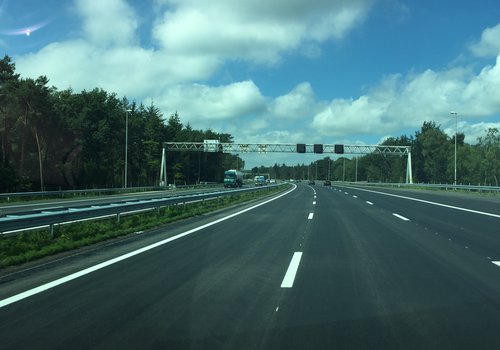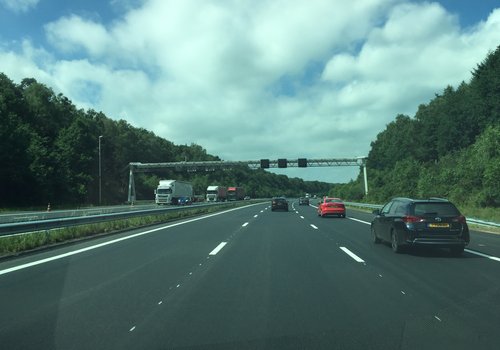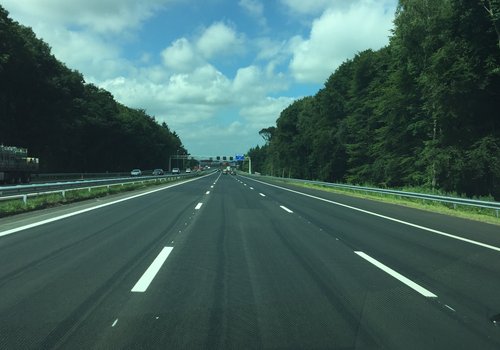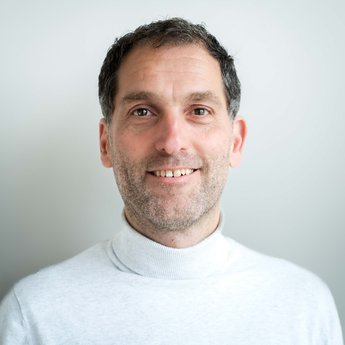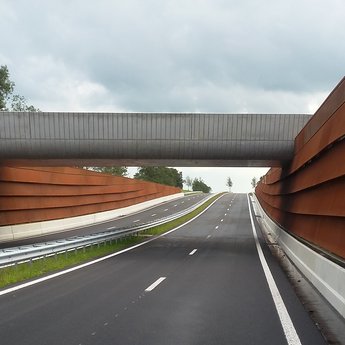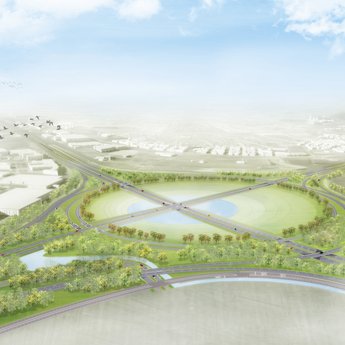Motive
The A12 Veenendaal – Ede – Grijsoord (VEG) motorway is the last link in widening the A12, the hinterland connection between the Randstad (the most densily populated part in the Netherlands) and Germany. The bottleneck between Ede and Grijsoord will be permanently widened from 2x2 to 2X3 lanes. Therefore, the project was included in the MIRT, the Multiyear Infrastructure, Spatial Planning and Transport Programme.
Nature
The motorway runs straight through the Veluwe, the largest lowland nature reserve in Northwestern Europe. Ecology forms the biggest challenge: the widening of the motorway must not be at the expense of this important nature reserve, but instead, should be a quality boost for the area. The project involves an investment of 80 million euros and should be completed by mid 2016.
